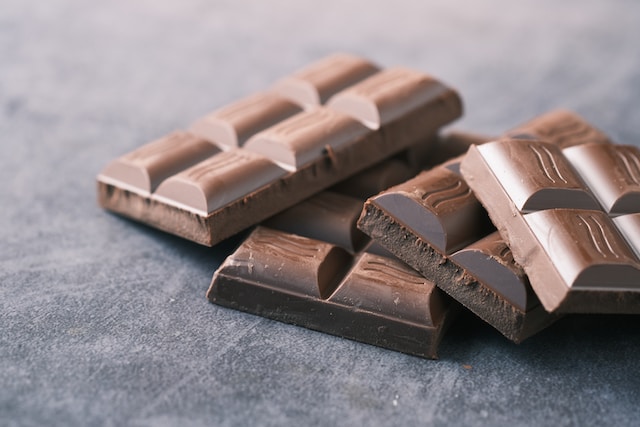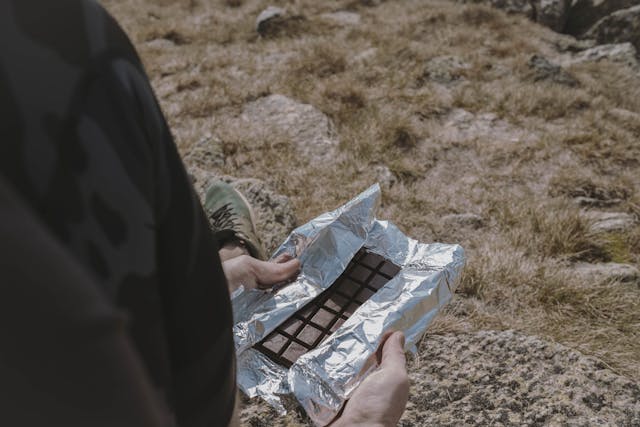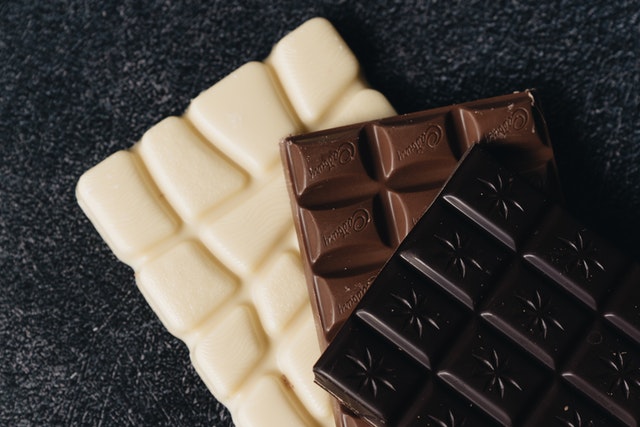
How Do You Know if Chocolate is Vegan? Guide to Vegan Chocolates
April 7, 2023
Healthy Nutella Alternative Without Palm Oil UK
June 30, 20235 Major Differences Between Bean to Bar and Tree to Bar Chocolates
The key ingredient in chocolate is the cocoa bean. That’s where you get the bean in bean-to-bar. But then, why is some chocolate labeled bean-to-bar and others as tree-to-bar? What’s the big deal, anyway?
Is there any tangible differences between bean to bar and tree to bar?
That’s what I’ll break down for you in this post.
But first, shall we define some terms? You’ll understand their differences better when you know exactly what they mean.
What’s Bean to bar chocolate?
In simple terms, bean to bar chocolate is chocolate made by the same manufacturer starting from the bean. This excludes chocolate from intermediate products like cocoa powder or cocoa liquour from another manufacturer.
In broader terms, bean to bar chocolate is also a movement championed by artisan or craft chocolate makers. That is, those who make chocolate in small batches as opposed to mass production.
The movement is fueled by a desire to see a truly sustainable cocoa supply chain.
READ: The True Meaning of Bean to Bar
What is Tree to bar chocolate?
Tree to bar chocolate refers to chocolate made by the manufacturer who is also the farmer of the beans used in production.
Did you get that?
The process of tree to bar chocolate-making is the same for bean to bar. Being the farmer of the bean you use in chocolate-making is the difference between these common chocolate labels.
Do you want some tree to bar chocolates?
Similarities between bean to bar and tree to bar chocolate
Tree to bar chocolate is also bean-to-bar chocolate. These are all chocolates made by the same manufacturer without buying cocoa powder or liquour from a second source.
They can all be considered movements of chocolate makers whose goals go beyond just making and selling delectable chocolate products. They’re usually driven by concerns around sustainability challenges.
Tree to bar chocolate therefore is bean to bar taken a step further. And there are advantages to that additional step.
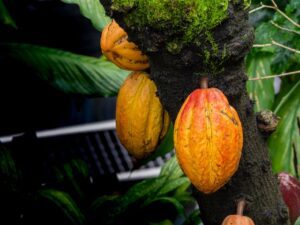
Major Differences Between Bean to Bar and Tree to Bar Chocolate
One thing you should note before you dive into the differences between bean-to-bar and tree to bar chocolates is this: the differences don’t lie in the type of chocolate product. Nor in taste. Bean to bar and tree to bar cannot be differentiated on the basis of possible flavours that can come from manipulating the sacred cacao seed.
Difference # 1: Control over the entire chocolate-making process
Chocolate making has six major steps. Cultivation and harvesting of cacao beans, drying of beans, roasting, grinding, conching, tempering, and moulding into bars.
If a chocolate maker owns a cacao farm and controls the entire process from cultivation to the bar on the shelf, their chocolate is tree-to-bar chocolate. On the other hand, if a chocolate maker simply buys beans and then makes chocolate, the resulting chocolate is bean-to-bar.
Difference #2: Effective Sustainability
If you’re a choco aficionado, you already know that sustainability is a major challenge in the chocolate industry.
The way some chocolate makers tackle sustainability issues is through being cacao farmers themselves.
Able to control the entire chocolate making process from the farm, tree-to-bar chocolatiers look beyond profit. They pay living wages to their farm workers, employ eco-friendly farming techniques like regenerative agriculture, and are actively involved in their farming communities.
Bean to bar chocolate makers do care about sustainability, but they can’t control the process like tree-to-bar makers do.
Difference # 3: Ease of Traceability
It’s hard for consumers to be sure about sustainability practices in farming communities without traceability. Tree-to-bar chocolate brands shorten the supply chain, making it super easy for you to know exactly where the bean in your bar or spread of chocolate came from.
If you want to be crystal sure you’re getting sustainable chocolate, go for shortest supply chains: tree-to-bar chocolates.
Difference # 4: Single Origin Chocolates
Single-origin chocolate is a thing in the industry. That’s because origin imparts its own contribution to the final tastes of chocolate.
Tree to bar chocolate is mostly single-origin chocolate, while bean to bar chocolate may not necessarily be. A chocolate maker may get his beans from various sources, including beans with different origins.
RELATED: 5 Reasons Why Single Origin Chocolate Matters
Difference # 5: Utilization of cacao by-products
When bean to bar makers buy beans, those are already dried beans. Those dried beans came from a pod that’s largely discarded as waste after removing the beans.
Tree to bar makers can turn that waste into useful materials. For example, at Bantu Chocolate, we do not let cocoa pulp waste during bean fermentation. Our Cacao Juice Kombucha is a product of our drive to make our chocolate more profitable and sustainable.
The difference is in the process, not final taste
The final taste of a chocolate product depends on various factors: type of cacao, origin, and manufacturer’s secret sauce. So you can’t say bean to bar tastes better than tree to bar or vice versa.
Have you tasted our crispy, melt-on-the-tongue tree to bar chocolates?
We’re an award-winning tree-to-bar chocolate maker. Our factory is in London and our farm is in Cameroon, West Africa.
We craft tasty dark bars with various notes that you can find quite ‘addictive’.
Besides chocolate bars, we also have vegan chocolate spread and cacao pulp juice.
Want some tree-to-bar chocolate?
.
Chocolate Extinction: Fact vs. Fiction + What Chocolate Lovers Can Do
Chocolate ExtinctionFact vs. Fiction, What Consumers Can Do Share On Facebook Twitter Email Is the world really running out of chocolate? Not really. Currently the global […]
Corporate Chocolate Gifting Ideas to Appreciate Employees and Delight Clients
Corporate Chocolate GiftingHow to Appreciate Employees & Delight Clients Share On Facebook Twitter Email When it comes to corporate gifting, a one-gift-fits-all approach just doesn't cut […]
Cacao Supper Club at Home: Guide to Tasting Chocolate, Cacao Tea, and Pulp Juice
Cacao Supper Club at HomeGuide to Tasting Chocolate, Cacao Tea, and Pulp Juice Share On Facebook Twitter Email Imagine gathering around the table with a few […]
